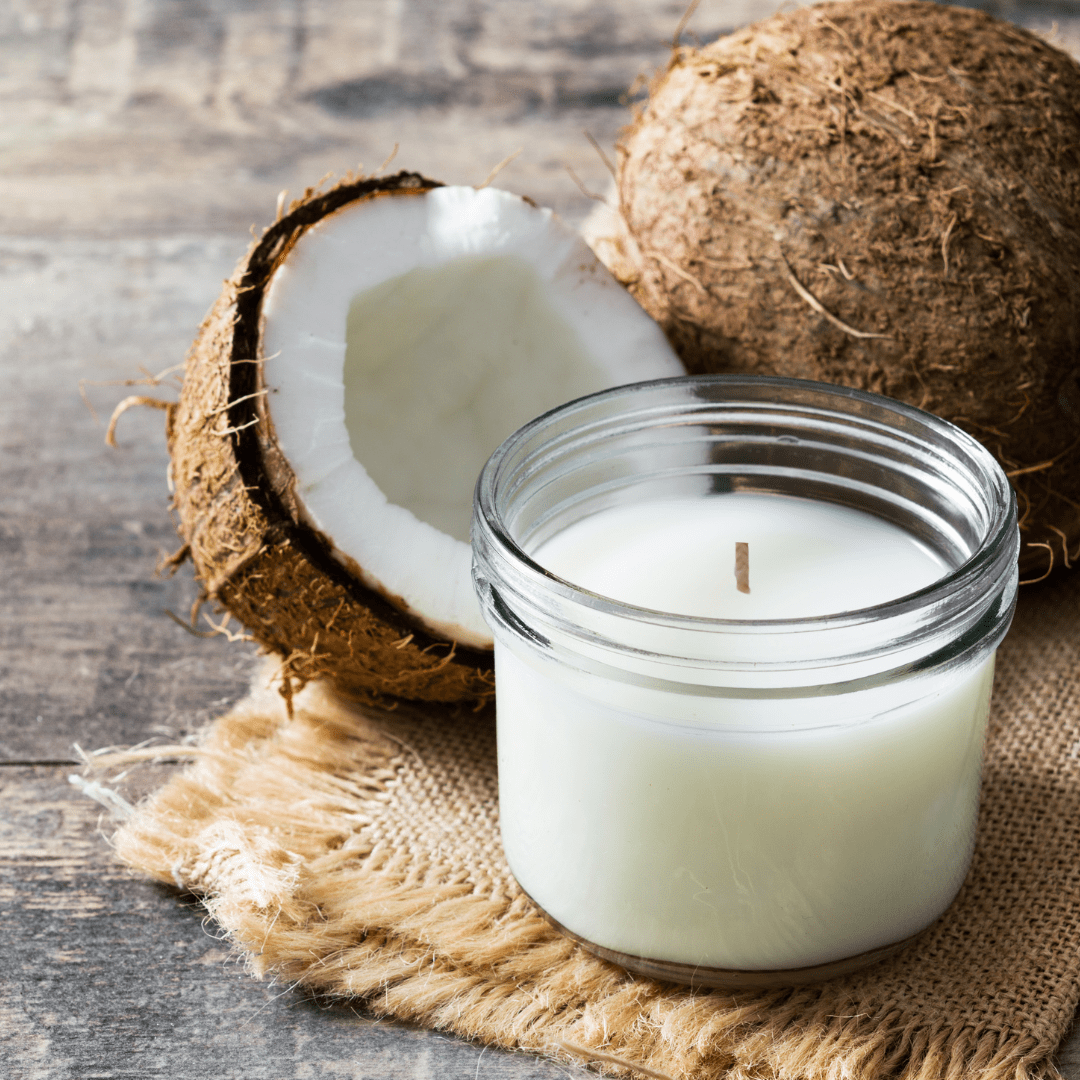Encounter the Peacefulness of Crystal Soy Candles and Home Fragrance
Encounter the Peacefulness of Crystal Soy Candles and Home Fragrance
Blog Article
From Wick to Wax: Comprehending the Chemistry Behind Soy Wax Candles and Their Ecological Influence
As we illuminate our spaces with the cozy glow of candle lights, there exists a world of intricate chemistry behind the apparently straightforward act of lighting a soy wax candle light. The selection between soy and paraffin wax extends past simple appearances, delving right into the realm of environmental effect and the extremely make-up of the materials. Recognizing the molecular structure of soy wax and its combustion procedure clarifies the discharges launched right into our surroundings. Join us as we unwind the scientific intricacies behind soy wax candles and discover their ramifications on our atmosphere.
Soy Wax Vs. Paraffin Wax
When contrasting soy wax and paraffin wax for candle light making, it is necessary to understand the distinctive attributes and benefits of each material. Soy wax is an all-natural, renewable source acquired from soybean oil, making it environmentally friendly and biodegradable - soy candles. On the other hand, paraffin wax is a result of petroleum refining, which raises concerns regarding its environmental impact and sustainability
Soy wax candle lights burn cleaner and send out much less soot compared to paraffin wax candles, making them a much healthier selection for interior air high quality. Furthermore, soy wax has a lower melting point, permitting a longer-lasting candle light that disperses fragrance extra properly. Paraffin wax, on the various other hand, has a tendency to burn faster and less easily, potentially releasing hazardous chemicals right into the air.
From a sustainability viewpoint, soy wax is preferred for its biodegradability and eco-friendly sourcing, lining up with the expanding consumer choice for eco mindful products. While paraffin wax has been a standard option in candle making due to its affordability and simplicity of usage, the change in the direction of green alternatives like soy wax is acquiring momentum in the sector.
Chemical Make-up of Soy Wax

Combustion Process in Soy Candles
The chemical make-up of soy wax directly affects the burning procedure in soy candles, affecting variables such index as shed time, fragrance release, and ecological influence. When a soy candle is lit, the heat from the flame thaws the wax near the wick. This fluid wax is after that created the wick as a result of capillary action. As the fluid wax reaches the fire, it undergoes and vaporizes burning. The combustion process entails the vaporized hydrocarbons in the wax responding with oxygen in the air to produce warmth, light, water vapor, and carbon dioxide.
The burning efficiency of soy candle lights is affected by the pureness of the soy wax and the quality of the wick. A clean-burning soy candle light with an appropriately sized wick will certainly decrease and create a constant flame residue development. This not just expands the melt time of the candle yet additionally boosts the release of scents. Furthermore, soy wax candle lights have a lower environmental impact contrasted to paraffin candles due to their eco-friendly and renewable nature.

Environmental Advantages of Soy Wax

Thought about a lasting alternative to standard paraffin wax, soy wax uses notable ecological advantages that make it a preferred choice amongst eco-conscious customers. One substantial benefit of soy wax is its eco-friendly sourcing. Soy wax is originated from soybean oil, which is mainly cultivated in the United States. The cultivation of soybeans aids sustain local farmers and lowers the reliance on non-renewable fossil fuels made use of in paraffin wax production. In addition, soy wax is eco-friendly, meaning it breaks down naturally without launching dangerous contaminants into the environment. This characteristic makes soy wax candles an extra environmentally pleasant alternative contrasted to paraffin wax candles, which are made from petroleum, a non-renewable source. Soy wax burns cleaner the original source and produces much less soot than paraffin wax, contributing to better indoor air quality and minimizing the need for cleaning and maintenance. Overall, the ecological advantages of soy wax straighten with the growing need for green and lasting items on the market.
Recycling and Disposal Considerations
Recycling and appropriate disposal of soy wax candle lights play an essential duty in maintaining ecological sustainability and decreasing waste in communities and houses. When it comes to reusing soy wax candles, the very first action is to ensure that the candle light has actually burned entirely.

In terms of disposal, if recycling is not an alternative, soy wax candle lights are eco-friendly and can be securely taken care of in the majority of household waste systems. It is constantly advised to inspect with neighborhood reusing centers or waste administration services for details guidelines on candle light disposal to ensure proper handling and ecological protection.
Conclusion
In conclusion, the chemistry behind soy wax candle lights reveals their ecological benefits over paraffin wax candles. Soy wax, originated from soybean oil, burns cleaner and creates much less residue when compared to paraffin wax. The combustion procedure in soy candle lights is much more reliable, bring about a longer and a lot more also burn. Furthermore, soy wax is eco-friendly and biodegradable, making it a much more sustainable option for candle light production. Recycling and appropriate disposal of soy wax candle lights further contribute to their environmental influence.
When comparing soy wax and paraffin wax for candle light production, it is crucial to understand the distinct attributes and benefits of each material (crystal soy candles).Soy wax candle lights burn cleaner and produce much less residue compared to paraffin wax candles, making them a healthier selection for indoor air top quality.Considered a sustainable choice to typical paraffin wax, soy wax uses noteworthy environmental benefits that make it a prominent choice among eco-conscious customers. Soy wax burns cleaner and generates less soot than paraffin wax, adding to better indoor air high quality and decreasing the demand for cleansing and upkeep.In verdict, the chemistry behind soy wax candles discloses their environmental benefits over paraffin wax candle lights
Report this page